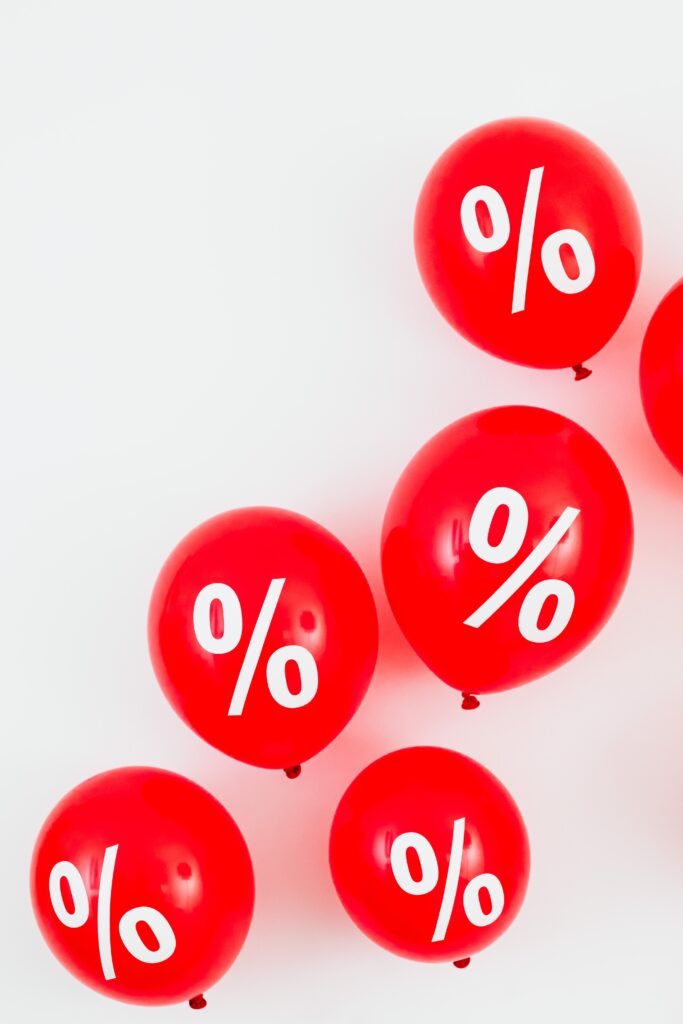
Rate, or interest rate, is the percentage of the principal that is charged to the borrower over a certain time period. Seems simple? Let’s look at a hypothetical house purchase:
You wish to purchase a house for exactly $100,000 and you found a hypothetical bank that wants 0% down. Your LTV is 100%. This magical bank also asks for a 5% rate. This is the percentage of the total loan that you will pay. At the end of a year, the borrower then owes $105,000. We often think of these in annual terms, but it could be any period. In fact, a lender might even report a monthly rate of 0.42%, which looks a lot nicer than 5%. If it is compounded monthly, like credit cards are, the borrower actually pays more over a year. The person borrowing $100k at a monthly rate of 0.42% would owe $105,158 after a year.
If we looked at this as an annually compound loan, the borrower would owe 5% at the end of year 1, or $100,000 (the initial loan) plus $5,000, which is the 5%. If it wasn’t paid, then the next year an additional 5% of the now $105,000 principal (or $5,250) would be added.
Your mortgage on your 100k house is amortized, which means that when the loan is made, all the payments are calculated based on the term (we will use 30 years for this example) and rate. Because of this, we say that mortgages are simple interest rather than compounded (the interest owed is not rolled into the principal to increase what you owe).
On this loan, the monthly payment is $536.82, of which $120.15 goes to principal and $416.67 goes to interest. This is found by using an amortization schedule, which is a big mathematical calculation. Over the life of the loan, the payment will stay the same, but more and more will go to the principal. The rate helps determine how much goes to principal and how much to interest.
Over the first year in this hypothetical loan, you will have paid about $5,000 in interest. Each year, the interest will be less because the principal is being paid down. Over 30 years, you will have paid about $93,000 in interest.
So, What is an APR?
The annual percentage rate was developed as a method to have an apples-to-apples comparison between banks’ offers. Remember the credit card monthly rate of 0.42%? It’s difficult to immediately know whether it’s better than 5% annual. Tack on a bunch of fees, and the comparison is even more difficult. The APR is a contrivance that takes into account all of these things and gives an interest rate that is what a borrower effectively pays every year for the loan taken. These rates can then be compared between lenders. Many lenders are legally required to report an APR in the United States.
So, that’s the rate. A little more to it than a simple percentage.

